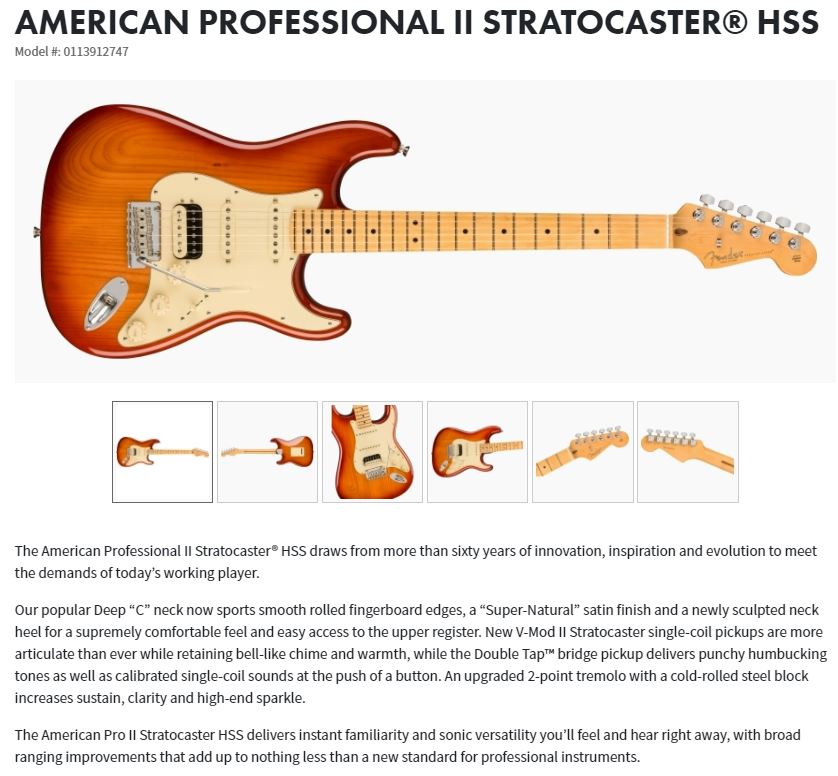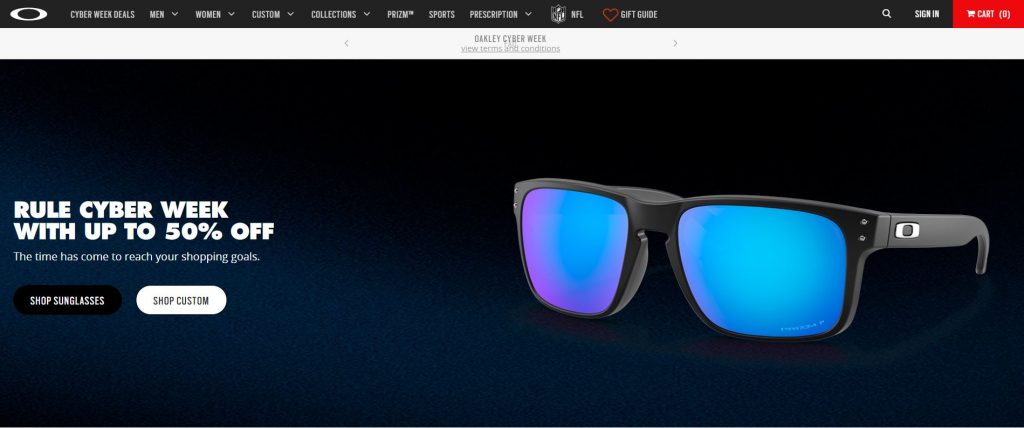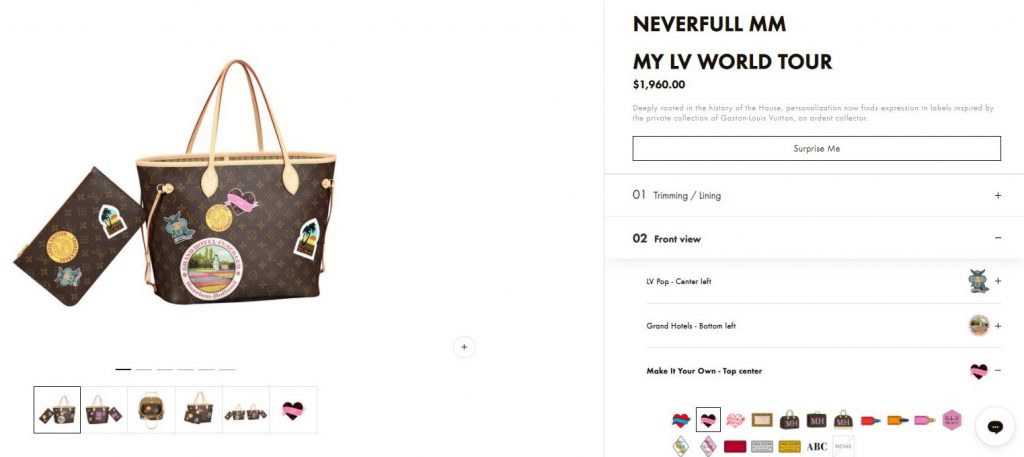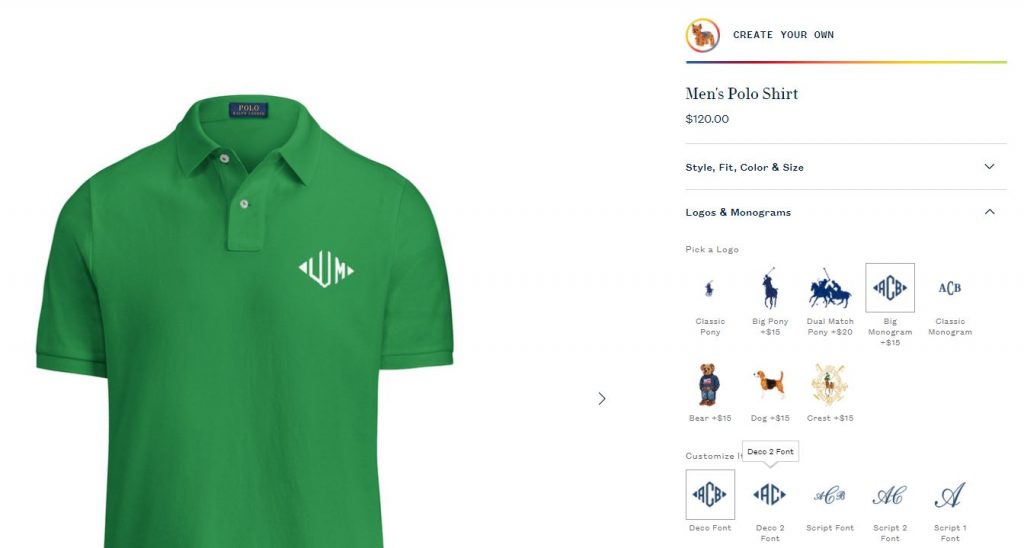oxygen domain was triggered too early. This is usually an indicator for some code in the plugin or theme running too early. Translations should be loaded at the init action or later. Please see Debugging in WordPress for more information. (This message was added in version 6.7.0.) in /var/www/wp-includes/functions.php on line 6121
In this blog post, you'll discover 5 ways you can improve the online shopping experience for your customers and why it's vital you do so now.
A superior customer experience used to be something that mostly luxury shoppers cared about.
These days, it’s what every customer cares about.
The incredible surge in online shopping this year has left ecommerce sellers scrambling to differentiate themselves from the sudden onslaught of new competition.
There’s really only one way to do it. If you want to stand out in the post-pandemic era of online shopping, you must treat your customers like the unique individuals they are.
If you’re wondering how to improve the online shopping experience that you offer, we’ve got the answers right here.
Here’s why the customer experience (CX) matters more than ever before, and how you can create one that encourages your customers to treat themselves in your online store.
It’s well known that people will abandon a brand that doesn’t put much effort into designing its CX. But did you know that your customers will pay a premium if you deliver one that’s top-notch?
PwC found that shoppers will pay as much as 16 percent more when a brand offers an amazing experience. That’s because people don’t just want to buy a good product, they want to feel good about buying the product, too.
A strong CX leaves customers feeling heard and appreciated. It makes them feel as though a brand cares about its relationship with the people who purchase their products.
It’s something that luxury brands have long understood, but which mainstream retailers struggle to grasp.
According to McKinsey, brands leading in CX report three times the revenue of those who lag. They also experience shallower lows and bounce back more quickly.
Treat your customers right, and you'll be rewarded many fold with their loyalty to your brand, even when times get tough.
COVID-19 has changed the way we shop and introduced new customer expectations into the world of ecommerce. This has left many retailers looking for ways to improve the online shopping experience.
Your goal? To bring an in-store feel to a digital experience.
Here’s how to do that with five things that every stellar, satisfying ecommerce experience gets right.
Knowledge is power, but personality is priceless. Your products are full of personality. Your product descriptions are a golden opportunity to inject that personality right onto the page.
Product descriptions are often an overlooked element in ecommerce, but they’re just as important as the images and interface that you create. Ever been stopped mid-scroll by an amazing photo, only to find it captioned by a lackluster paragraph?
Yeah, we’d pass on it, too.
Always put your best possible foot forward with your descriptions. Some 81 percent of shoppers spend time researching comparable products before making a purchase. Make them smile, and they’ll be happy to spend.
If you need some inspiration, check out this example from Fender:

McKinsey notes that the site load time for optimal conversions lies around 2.7 seconds. Every 100 milliseconds of load time after that drops the chance of conversion by seven percent. (That means at around 12 seconds, your conversions will drop to zero).
Load time isn’t the only thing to consider. Have you ever come across a gorgeous site that might be an ecommerce store, but you can’t quite tell because the effects are so over the top?
Keep your interface clean and aesthetic, with everything your customers need to get started at the front and center. Like how Oakley does it. Notice their:

Retailers trying to recreate the in-person, tactile shopping experience often stumble when it comes to visualization.
It’s not enough to simply snap a few pictures and throw them up in your store.
Increasingly, customers expect to be able to interact with a product before purchase even when it exists solely in the digital world. That may explain why 3D visualization increases conversion rates by as much as 50 percent.
Likewise, augmented reality creates an immersive experience that lets users blend the digital shopping experience with their immediate physical reality.
Even if you’re not using 3D or AR visualizations, customers still expect a product to appear accurately, as it would if they were holding it in their hands.
That’s where visualization software becomes handy (it’s even more powerful when you combine it with personalization options).
For example, customize a Hydro Flask using an ultra-realistic rendering. What arrives in the mail will look exactly as it does on your screen.
Mass-produced doesn’t have to mean generic.
With product personalization software, it won’t. Your brand will stand out in its ability to deliver unique offerings to customers. That’s a major advantage in the era of ecommerce hyper-competition.
A recent study by McKinsey showed that some 80 percent of customers want a personalized shopping experience. That includes everything from targeted offers and personalized cross-selling (like with Amazon) to apps that let customers virtually test makeup (Sephora) or even home décor (Ikea).
Maybe you don’t need to go all out with an app that lets your customers visualize what your jewelry looks like on them. But how cool is it to let them walk through the creation of a thoughtful gift or an accessory that truly reflects their unique personality and preferences?
Take some inspiration from Louis Vuitton's personalized product line:

Nobody likes digging through pages upon pages of tiny text to find the information they need. Hiding important details like shipping info or the phone number for customer service is a great way to push people to shop elsewhere.
Being transparent creates more than just a good CX. It also helps boost your site’s credibility and trustworthiness in the search engines.
Some great ways to handle transactional details without cluttering pages include:
And especially with product personalization, it’s key to clearly display any prices changes or upcharges as a result of different customization selections, like this example from Ralph Lauren:

There are many ideas out there on how to improve the online shopping experience, but the best ones all come back to one thing – tailoring the experience as much as possible to the unique needs of each customer.
As PwC and McKinsey both note, experience is everything. Make sure you get it right.
Elevate your customer’s shopping experience with immersive product customization. Explore ConfigureID now.